An interesting and under used filters in the Cokin range is the Incolor 061. It’s part of the spot color range, and unlike many of the other colour spot filters this one is very practical and can be used in different ways for different effects. The spot filters with colour can sometime look quite poor if not used well, whereas this one can be adjusted to give a soft focus style effect or a lovely white vignette. This makes it perfect for wedding photography or portraits.
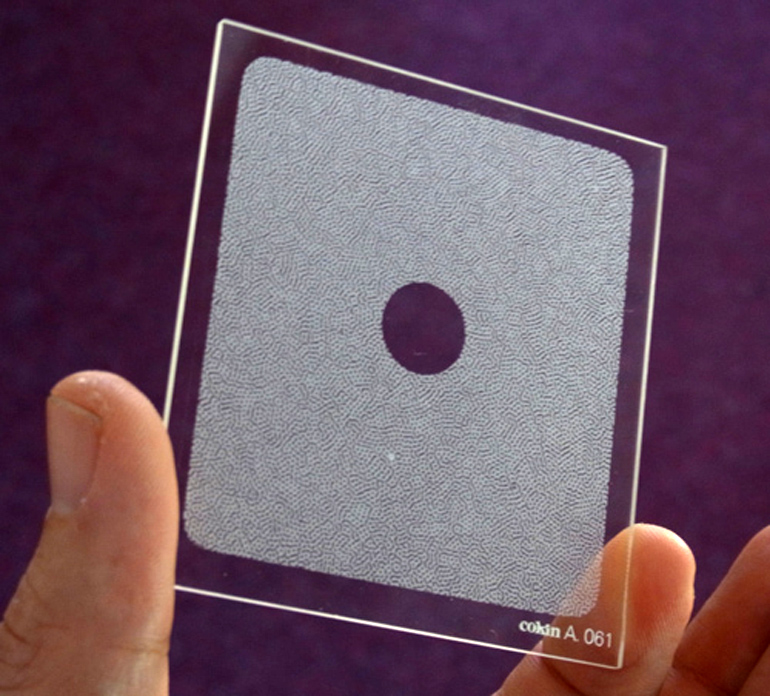
The filter is available in Cokin’s A and P series and has a small hole in the centre. When placed in front of the camera lens the hole either appears small or large, hard edged or soft edged, depending on the lens focal length and aperture used.
To get a large soft edge you should take photos using a longer focal length (around 50-80mm is fine with this filter) and use a wider aperture. If you want a more pronounced circle, use a wider lens and a smaller aperture.
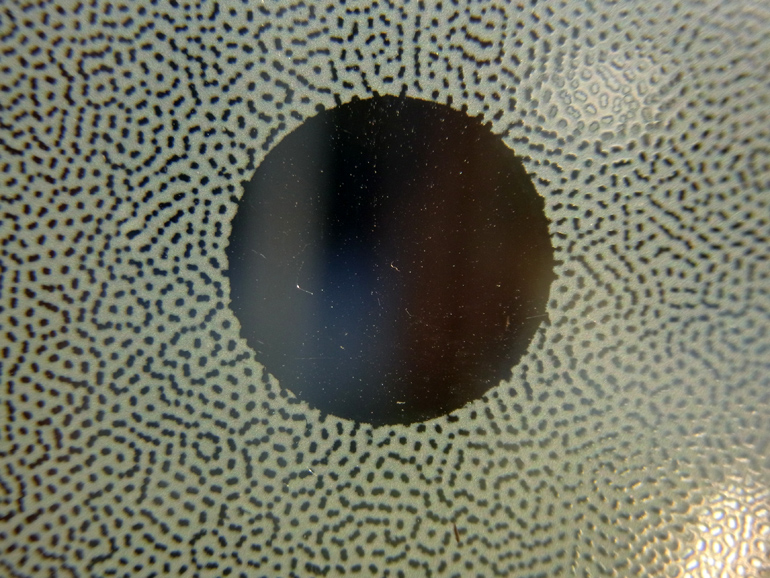
The texture on the filter can be made to look white/grey or neutral depending on how parallel it is to the ccd/film…and if light is reflecting on the rear surface.
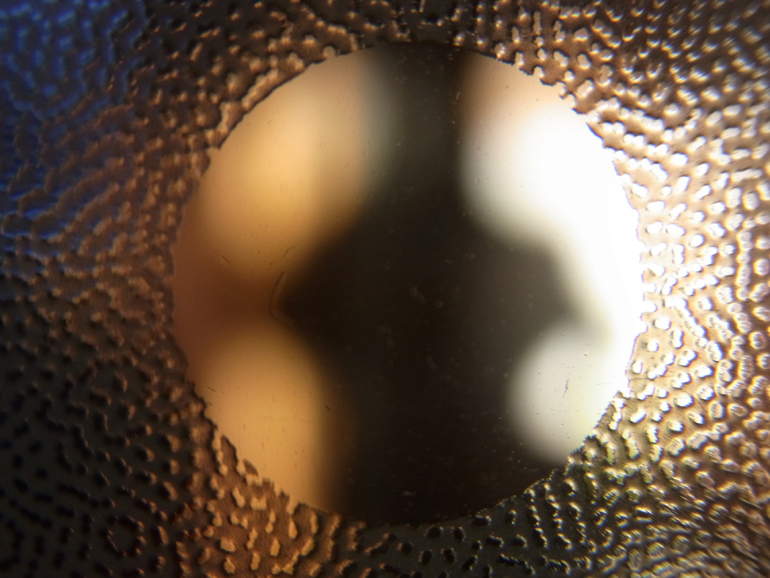 You could focus lock on the filter so the subject through the hole is blurred and the filter texture sharp. This makes interesting creative shots.
You could focus lock on the filter so the subject through the hole is blurred and the filter texture sharp. This makes interesting creative shots.
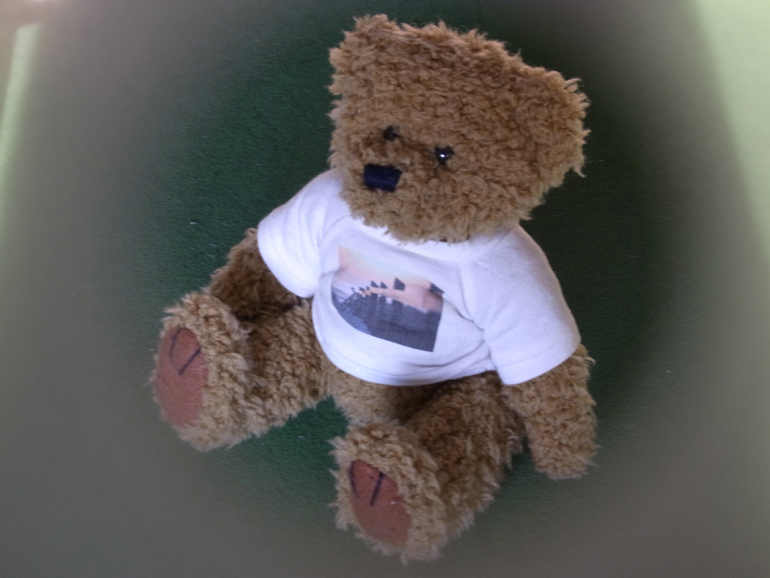 A longer lens and wider aperture was used here. Notice how soft the edge is and how neutral the filtered area is.
A longer lens and wider aperture was used here. Notice how soft the edge is and how neutral the filtered area is.
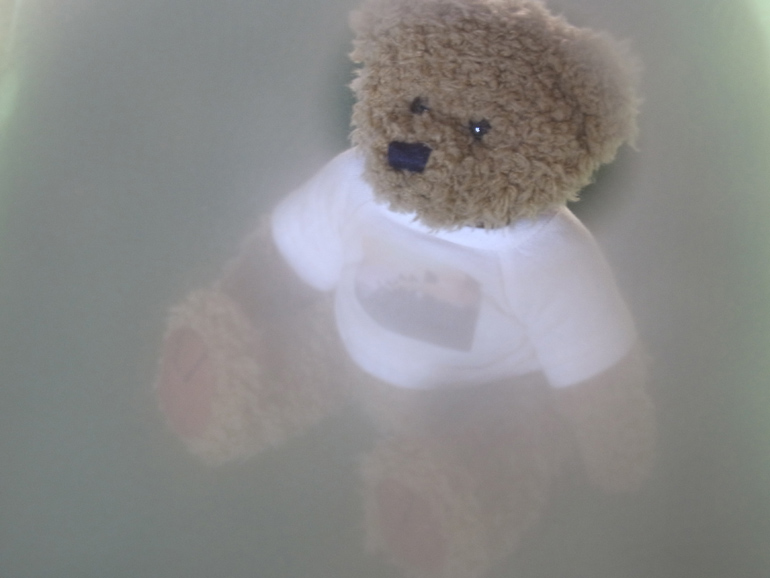 Here the filter was adjusted so the spot was on the face. You can do this if the filter is hand held in front of the camera. The filter was held further away and angled so light reflected on it.
Here the filter was adjusted so the spot was on the face. You can do this if the filter is hand held in front of the camera. The filter was held further away and angled so light reflected on it.
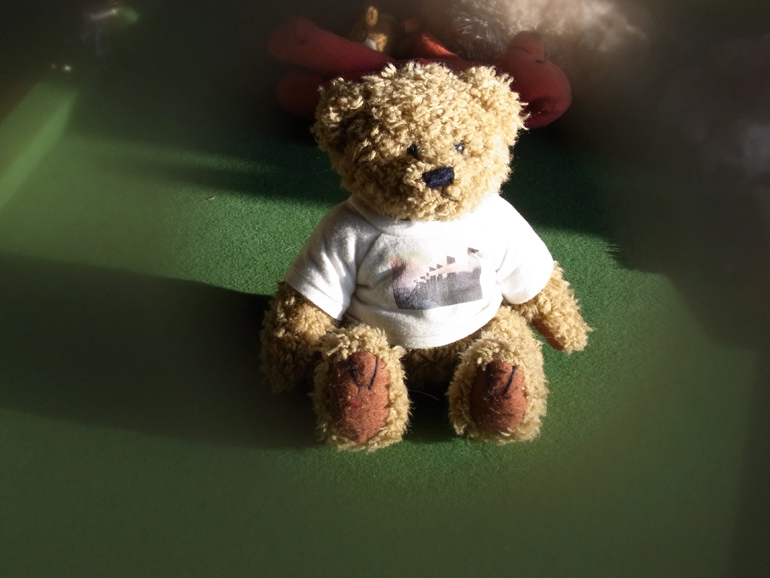 Here’s the filter being used to it’s best. Good choice of aperture and focal length gives a lovely diffused vignette.
Here’s the filter being used to it’s best. Good choice of aperture and focal length gives a lovely diffused vignette.
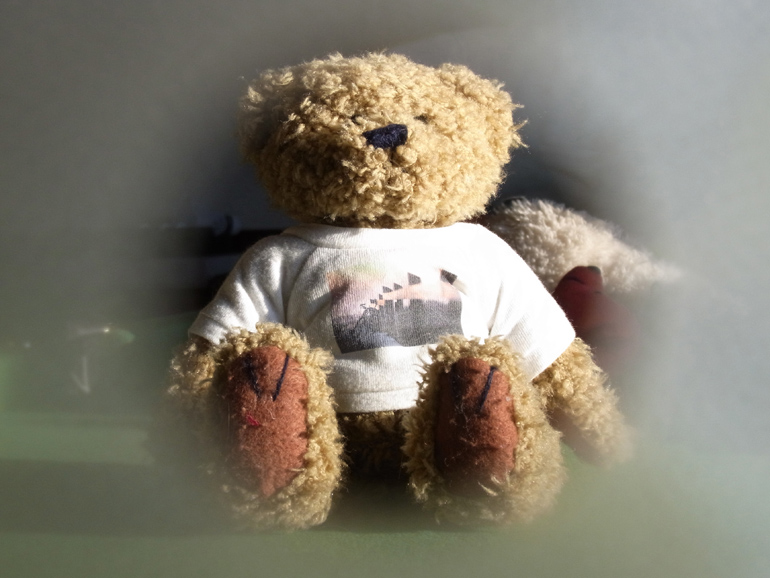 Another version with a slightly more defined effect. Using the filter like this is great for wedding photography and romantic portraits.
Another version with a slightly more defined effect. Using the filter like this is great for wedding photography and romantic portraits.
You can buy the filter here: Cokin A series 061 Spot In color Filter
Many new filter buyers are unsure whether to buy a round filter or one of the many square options.

A round filter screws directly onto the front of your lens. A Square filter slides into a filter holder that has an adaptor ring matching the filter thread size of your lens.
There are a few advantages and disadvantages to consider.
Cost
The main advantage with a filter system, using a filter holder is that you only need one filter for a number of lenses. You just need to change the adaptor ring so the filter and holder will fit on to a different lens. Once you’ve bought the adaptor and ring system filters tend to be less expensive.
+ System Filters
Space
This not only means it’s a lower cost when you have a selection of lenses, but you also save space. Imagine wanting five different filters and you have four lenses with different filter thread sizes. You’d need 20 filters in total! Well this is not exactly true as you can buy step up or step down rings to change the size of the lens’ filter thread.
+ System Filters
Quality
Screw in filters are often better quality. They’re usually made of glass and of the highest optical quality. Being glass they don’t scratch easily either, so are easier to clean without damage.
+ Round Filters
Size
Screw in filters tend to take up less room as there’s no holder required. They are less protruding on a lens too so there’s less chance of vignetting (caused by the filter obstructing the corners of the frame).
+ Round Filters
Design
The filter holder type of filter design usually means there’s a gap between the lens and the filter. This not only potentially reduces quality as light has more complicated path to follow, but also means the lens could be exposed to the elements more.
+ Round Filters
Range
Although there are plenty of screw-in filter options you won’t get a wider range than a system filter, especially in the more creative options.
+ System Filters
Practicallity of use
If you intend using graduated filters you can’t beat the slot in system as you have the option to move the gradient up or down in the holder, whereas a screw in filter has the gradient fixed across the middle.
+ System Filters
Fiddly
Screw in filters stand you more chance of cross threading the filter on the lens thread. They are harder to remove if you over tighten too. While system filters need a two step process, so are slower at first while you have to attach the holder then slip the filter in. If, however you can put up with the extra bulk at the front of your lens and leave a filter holder attached the slip in type become far less fiddly.
+ System Filters
Resale
If you decide to sell your filters square ones tend to fetch a better price on sites like ebay.
+ System Filters
There are many filters are for sale here:
Cokin A series,
Cokin P series,
Hoyarex System,
Cromatek System,
Round filters

 You could focus lock on the filter so the subject through the hole is blurred and the filter texture sharp. This makes interesting creative shots.
You could focus lock on the filter so the subject through the hole is blurred and the filter texture sharp. This makes interesting creative shots. A longer lens and wider aperture was used here. Notice how soft the edge is and how neutral the filtered area is.
A longer lens and wider aperture was used here. Notice how soft the edge is and how neutral the filtered area is. Here the filter was adjusted so the spot was on the face. You can do this if the filter is hand held in front of the camera. The filter was held further away and angled so light reflected on it.
Here the filter was adjusted so the spot was on the face. You can do this if the filter is hand held in front of the camera. The filter was held further away and angled so light reflected on it. Here’s the filter being used to it’s best. Good choice of aperture and focal length gives a lovely diffused vignette.
Here’s the filter being used to it’s best. Good choice of aperture and focal length gives a lovely diffused vignette. Another version with a slightly more defined effect. Using the filter like this is great for wedding photography and romantic portraits.
Another version with a slightly more defined effect. Using the filter like this is great for wedding photography and romantic portraits.
